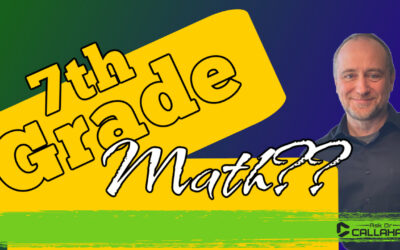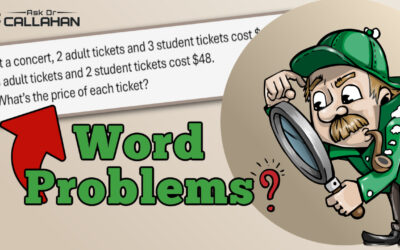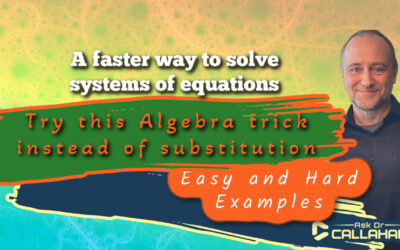Question from Cynthia:
Algebra I Chapter 13 Lesson 6 Problem 9 h. If we follow the books example on page 632 we get the correct answer. If we try to use your DVD’s formula for this lesson we can not get it to work out at all.
Answer from Dr. Callahan
Yes, this is confusing.
The reason it does not work, is the for the normal method to work the first term MUST BE = 1.
Method #1:
So to do this you can divide everything through by 16. This can make the math a little messier – but works.
Method #2:
Another method would be to setup squares like he does on page 632.
I prefer method # 1, but Jacobs did the squares in his.
Remember this – when trying to solved quadratics, completing the square is just one method (tool) to do it. When it gets messy like this one, the quadratic formula is easier. (NEXT LESSON) Also, just doing by hand would work for this one.
Hope this helps.
See also http://www.purplemath.com/modules/sqrquad.htm
dwc






